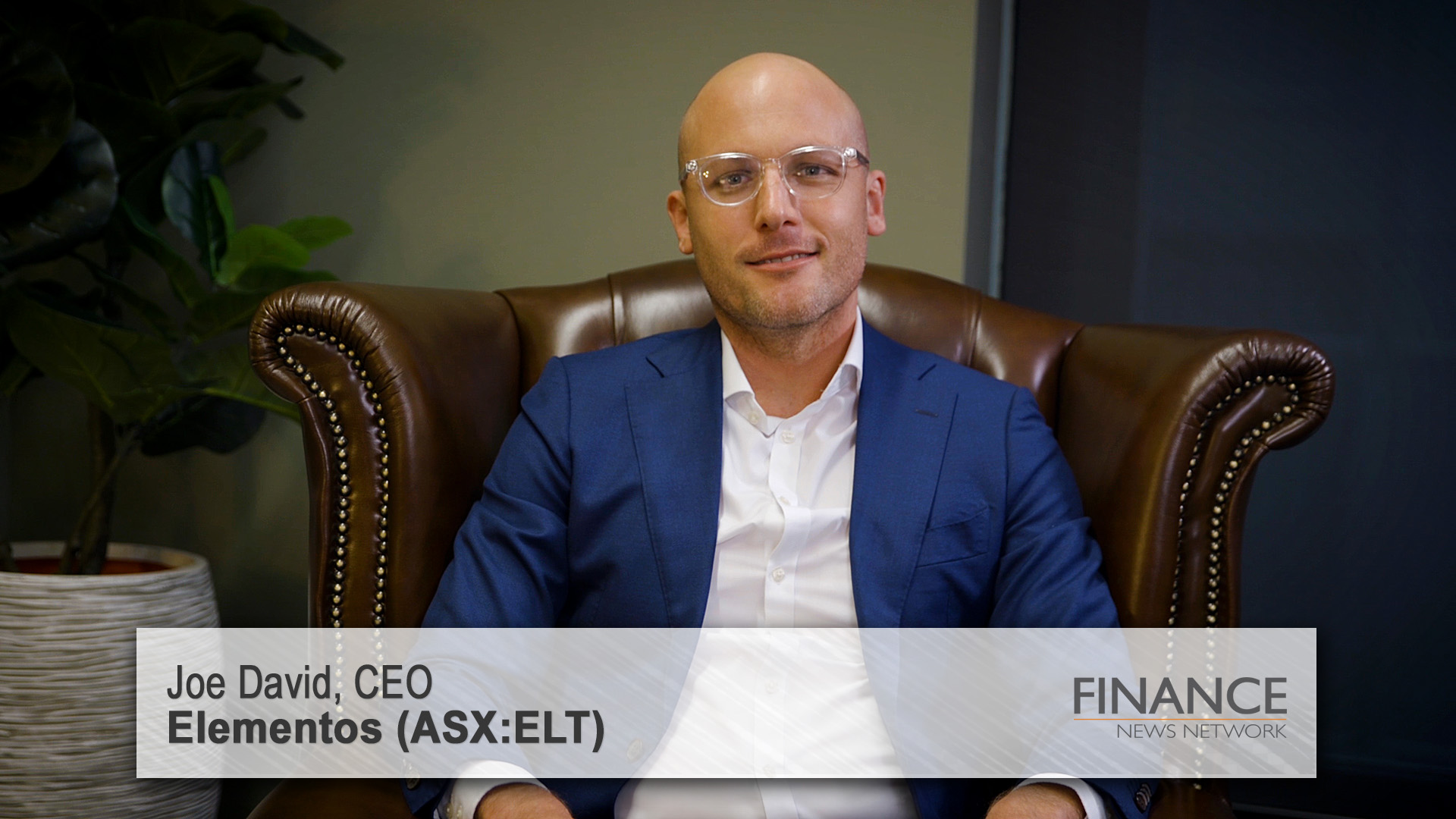It’s called ‘Kitchen Sinking” or dumping it all on the old CEO and board (especially the departed chairman).
Whatever you call it, what we have seen from Woolworths in the past six months is among the most cynical seen from a (faded) blue chip Australian company in the ASX 200. Total impairments and write downs of $4.2 billion so far this year, hundreds of jobs cut and 30 supermarkets and hotels to be closed, with more identified and the possibility of the Big W department store chain could be on the market.
And the final resolution of the worst mess of all, the Masters hardware debacle is yet to come with possible legal action looming with erstwhile US partner Lowes Cos.
And yet you can’t blame Woolies chair, Gordon Cairns and newish CEO, Brad Banducci wanting to dump everything on the reign of former CEO, Grant O’Brien and former chair, Ralph Waters.
It is clear from this week’s statement and briefings and those in February, that the blame for the series of disasters remains with them.
The destruction of value at Woolworths has been truly astonishing – since peaking at $37.74 in April 2014, the company’s shares fell more than 40% to last Friday and the value had shrunk by more than $12 billion to last Friday when the shares closed at $22.45.
Some of that has been due to the rise of Coles and the inroads Aldi (and to a lesser extent, Costco) are making into the Australian grocery business.
Woolies as market leader was the biggest loser, but a blind board didn’t understand that nor did management at the time as the company moved away from its core businesses and into hardware as a way of trying to grow a new arm, and if that succeeded, crimp the most successful part of Wesfarmers in its Bunnings hardware money machine.
But all that has come to naught and $4.2 billion in impairments and losses later, including more than $900 million revealed this week, and backdated to the 2015-16 financial year (part of the kitchen sinking) it has been one of the most costly lessons in recent Australian corporate history.
And now a company once a market leader, is now being touted as a ‘recovery stock’ (another cliche beloved in the markets by those with no memories) by investors eager to make a killing by a rapid rise in the price of Woolies shares (up 7.7% on Monday in the stock’s biggest rise for 19 years, some of whch has been given back, but not much).
In other words Woolies is now a specie – a speculator’s darling because after spilling all that red ink and chopping heads among management and the board, the retailer is poised to recover.
But why should it? Aldi is still growing and stealing sales, Woolies is retreating slightly and winding back an aggressive expansion plan from 90 new supermarkets to 45 in the next three years.
Coles would have to loose its way to allow Woolies to regain sales and revenue and profit momentum. Forcing Metcash onto the backfoot might also help, but it is helping Woolies out of its hardware debacle (in part) by buying Home Hardware for around a quarter of a billion dollars.
Metcash’s IGA chain of independent supermarkets seems to be holding the line against Coles, Aldi and Woolies.
Of the near $1 billion in impairments and other restructuring costs, almost half relate to the general merchandise chain, Big W and EziBuy. In August 2013, Woolies paid $306 million for the NZ based online business, Ezibuy.
Woolies it revealed it had written off $309 million on Ezibuy (yes more than it cost) and had completed the separation of the operation from BIG W. The retailer admitted there were no ’synergies’ between the two and if anything integrating their operations had lifted Big W’s costs.
In this week’s statement Woolies talked about two key measures to be now tracked by the company – sales per square metre and return on funds employed as the key ratios to measure the new policy of CEO Brad Banducci.
But they key retailing metrics are comparable store sales growth (is the retailer actually growing sales each year) and the so-called EBIT margin – the gross profit margin before interest and tax.
Woolies boosted that margin as it tried to maximise profits to make itself more attractive to investors, at the expense of upsetting customers, who deserted the company for Coles, and increasingly Aldi.
Getting those people back will be the key measure. If that happens, sales per square metre and return on funds employed will improve. There was little sign of any strategy in yesterday’s statement and briefings for winning back disaffected customers.
But the dumb disease that afflicted the old Woolies senior management and board was not just confined to the Sydney-based retailer. Perth-based Wesfarmers is already on the hook for up to $2.3 billion in impairments and losses on its Target department store and coal mining operations, this year.
The Target write-downs come on top of $680 million in similar write downs in 2014. On top of this will be operating losses of hundreds of millions from Target and the coal mines in the year to June 30.
Target is now in the Wesfarmers’ books at no value, such has been the damage from trading losses and weak management and profits.
They have bashed up suppliers (in the interest of lower prices for customers) and monstered small competitors in supermarkets, fresh food and general merchandise. And yet when they both release their 2015-16 results next month, the losses will be in the hundreds of millions, after impairments and other losses approaching $7 billion.
And that $7 billion and the lower profits from operations will be due to dopey decisions by managements and boards, poor oversight (especially at Wesfarmers and the Target profit stuffing rebate debacle).
Woolies has cleaned out management and the board because of poor decision making and huge losses Wesfarmers has write downs and losses on Target and coal of more than $3.1 billion, and a claim of profit stuffing rebates at Target (and nothing of that nature at Woolworths).
Can we feel a change coming at Wesfarmers, after all if Woolies can do it?













